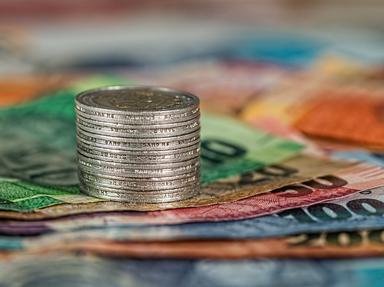Quiz Answer Key and Fun Facts
1. On which continent would you have found the currency known as a katanga cross for hundreds of years?
2. Which of the following extinct geopolitical entities printed money in the mid-19th century that depicted slaves at work?
3. What led to this 1913 American nickel to be so very valuable?
4. Which of the following options makes this German 75 pfennig coin, that was minted in 1922, so different from most other 20th century coins?
5. To be depicted on your country's currency is usually a sign of respect. Who is the person depicted on this 1951 British farthing?
6. One of the most valuable American coins is the 1907 Saint-Gaudens double eagle. Why was the production of this coin so very controversial at the time it was produced?
7. The triskele or triskelion is an ancient symbol that depicts three legs radiating from a center point and gives away the fact that this pretty coin is from which of the following locations?
8. Why are you very unlikely to see this 1000 dinar note anywhere?
9. Any error on a coin automatically makes it worthless.
10. Not all currency is made of metal or paper. Which of these options is a Pacific island where you might find large stone coins still occasionally used?
Source: Author
dcpddc478
This quiz was reviewed by FunTrivia editor
WesleyCrusher before going online.
Any errors found in FunTrivia content are routinely corrected through our feedback system.

